Pilots
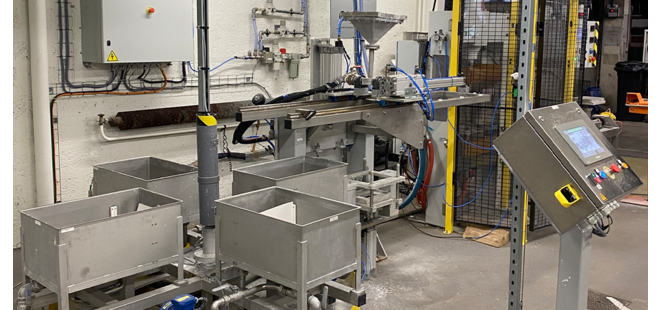
Multi-tank Moulded Cellulose Pilot
Production of innovative 3D cellulose objects
Production of innovative 3D cellulose objects
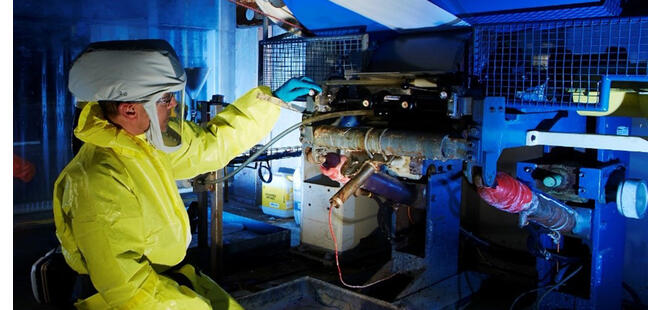
Chromatogeny Pilot
A breakthrough technology for hydrophobic papers & boards...
Develop hydrophobic paper and board that can replace plastics fully recyclable and biodegradable.
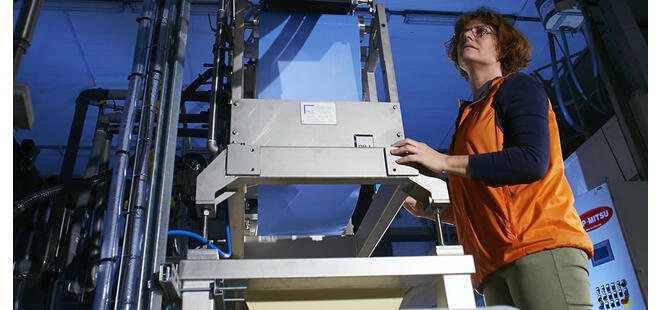
The MFC wet lamination pilot
Paper and board covered with microfibrillated cellulose for barrier packaging
Develop paper and board laminated with MFC for the packaging and specialty papers sectors
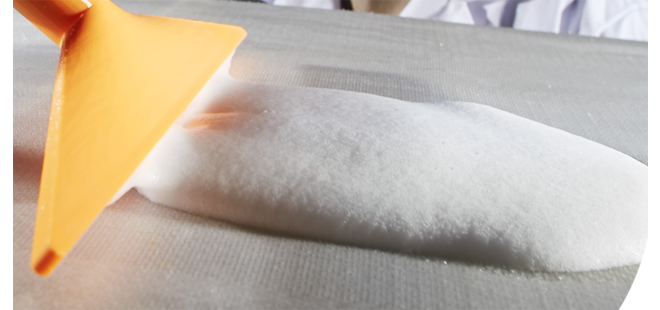
Foam generator
Lignocellulosic foams, deposits in foam
Generation of foam in situ, within a particle suspension
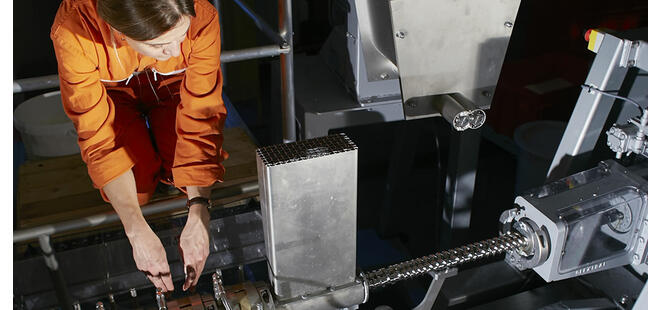
Pilot of BIVIS extrusion
Fibres, MFC, molecules
To produce fibres or microfibrillated cellulose (MFC) at high consistency
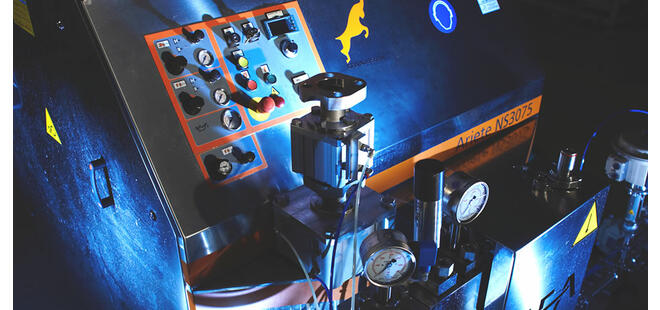
NaMiCell pilot
Production of microfibrillated cellulose (MFC)
To produce MFC from different qualities of pre-treated lignocellulosic fibres
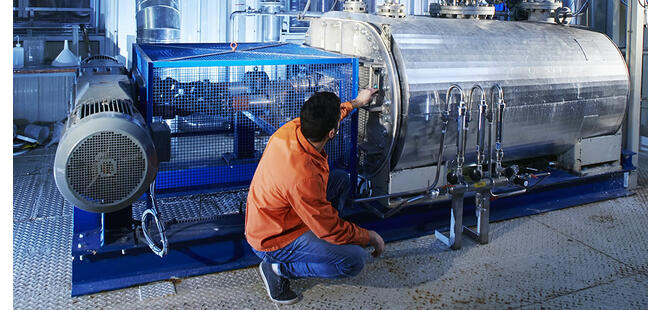
Bleaching / Fibres Functionalization pilot
Simulate your processes to reduce costs and / or environmental impact
To simulate in a reproducible and reliable way all the bleaching stages and the functionalization reactions of lignocellulosic fibres
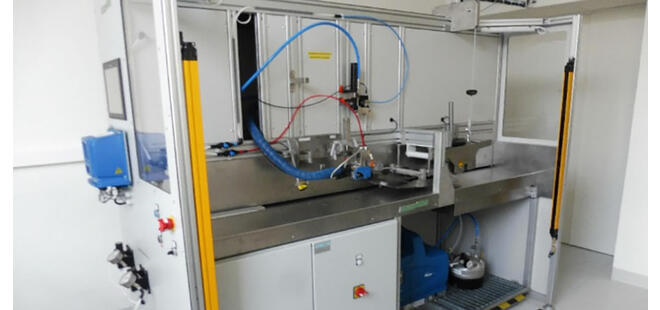
Pilot gluing bench
Evaluation of paper/board gluing performance
Characterise paper/board gluability
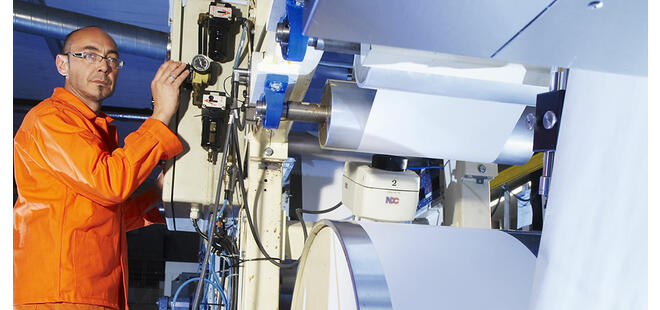
Coating Pilot
Paper and board coating for graphics, barrier and speciality applications
Develop coated paper and board for printing and writing, packaging and speciality markets
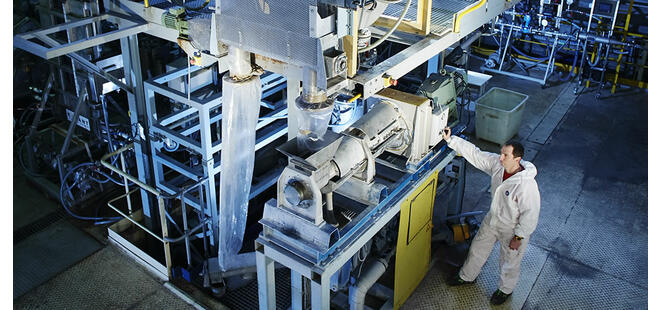
Recycled Fibres Pilot
A unique and essential tool for recycling and deinking
- Prepare recycled or deinked pulp at semi-industrial scale

3D SPRAY PILOT
Coating/functionalisation of 3D cellulose objects for packaging and speciality applications
Develop coated 3D cellulose products and objects for packaging and speciality markets

Laser surface abrasion
The “Swiss Army knife” of paper electronics
In-line cutting, In-line digital abrasion, Welding of electronic components

Refiner mechanical pulps production pilot
RMP, TMP, CTMP, APP
- To simulate the mechanical pulping processes based on disks refiners (in industrial conditions)

Molecules extraction and unbleached chemical pulps producing pilot
Multipurpose valorisation of lignocellulosic raw materials
To extract molecules present in lignocellulosic raw materials
Production of Technical Lignins
Kraft, soda and hydrolytic lignins

Gravure360, rotogravure printing
Multifunctional Rotogravure Pilot
Industrial speed printing
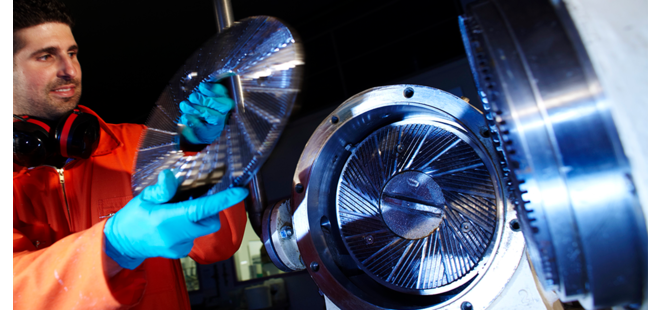
Pulp low consistency refining pilot
To reproduce at laboratory the refining used by industrial production mills
To produce batches of pulps to evaluate the impact of mechanical treatment on fibres
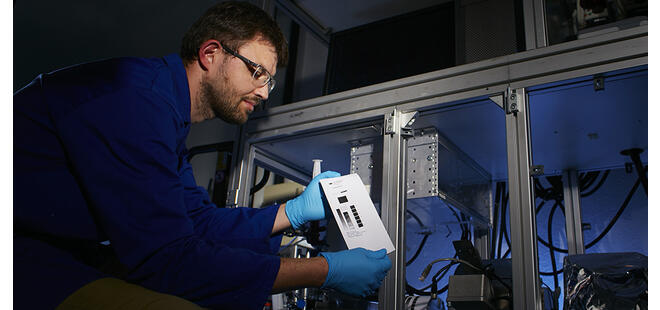
i-SpeedJET
Adaptation of inkjet printing to the industrial scale
High-speed inkjet printing (direct marketing, newspapers, packaging, etc.).
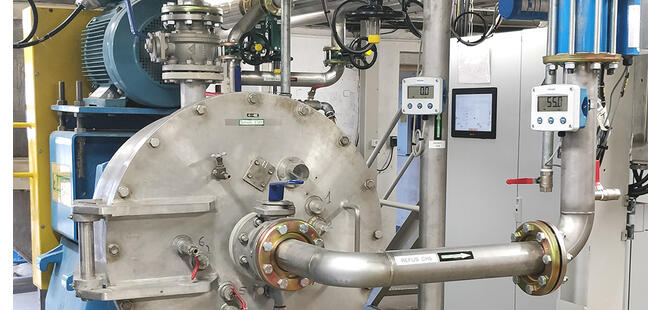
Fractionation pilot platform
Unique facility under one roof to produce distinct fractions
Operational flexibility, large capacity of fractions generation...

PAPRIKA: the four-axis robot
High-precision hybrid paper electronics
Handle electronic components
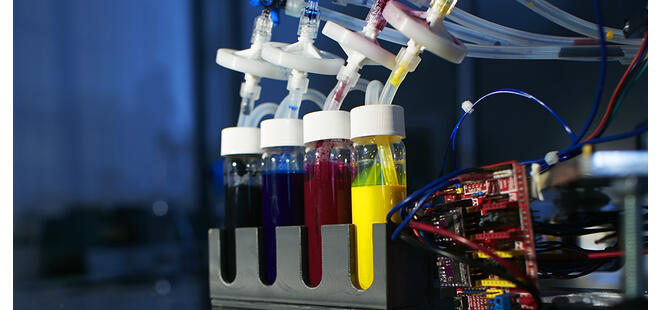
JEEP: inkjet printing
Jetting Electronics Elements Pilot
Inkjet printing pilot
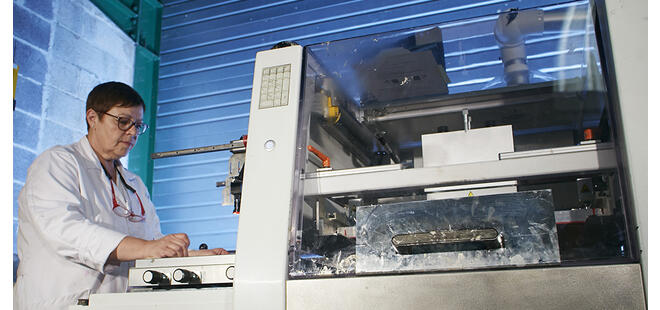
ScreenInk: screen printing
A tool to reproduce your industrial prints in short production runs
Print on all substrates
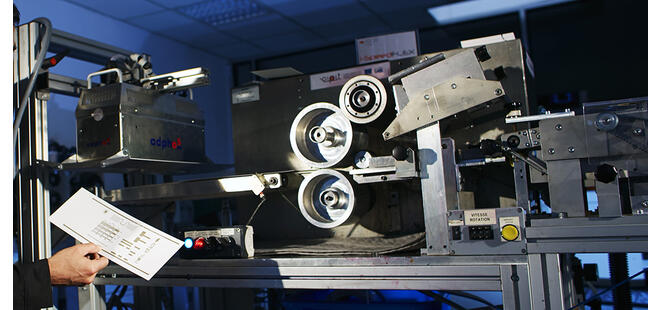
I-SpeedFlex: flexographic printing
A tool to reproduce the speed, flexibility and print quality of your industrial printing
Reproduce industrial conditions
